Via Dr Sarah Greene, some data from a survey of student attitudes to STEM careers, including geosciences, at a college in the SW US indicates that they care more about whether their career can help people or the environment than the lure of the great outdoors.
The ‘you get to play outside!’ pitch is a popular one in geoscience recruitment, but these data support the notion that this is not broadly appealing beyond a self-selecting few.
More pertinently, digging into the data a bit more, it seems that the problem is not that students feel a career in geoscience can’t do some societal good (2nd row of the figure below), but that they’re really unsure how (1st row, and to some degree also the 4th).

Some of this might be solved by promoting the more altruistic career options made possible by a geoscience degree. But I do wonder if there might also be some deeper structural issues with how we teach Earth Science. Are we really matching our course and degree offerings to these careers, or do we still too narrowly focus on careers in things like mapping and resource exploration, not recognizing how much doing so narrows our pool of potential recruits?
In addition, as Erik Klemetti points out in an important discussion of Earth Sciences and its confused place in the Climate Crisis:
“As a discipline, [Earth Scientists] find ourselves in the strange position of having a role in causing, finding and solving…climate change”
In order to help save the future, we must reckon with our dirty past (and arguably, present). The fact that our degree programs largely look like they did 30 years ago might be one sign that we have yet to fully do so. And perhaps this lack of reckoning further contributes to our struggles with undergraduate enrollment: we are still perceived more as part of the problem than part of the solution.

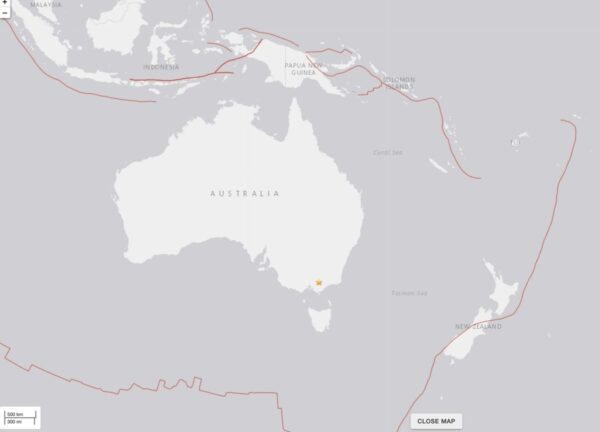


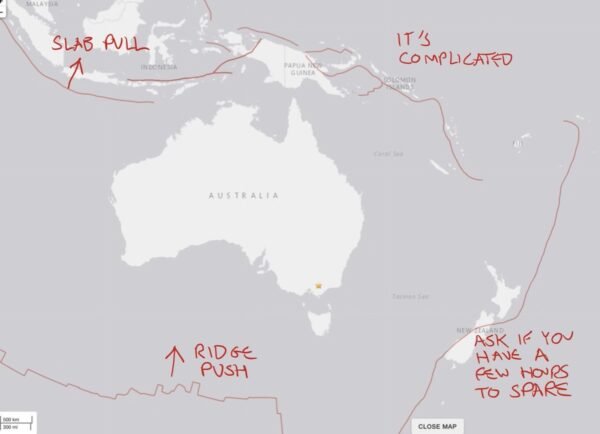
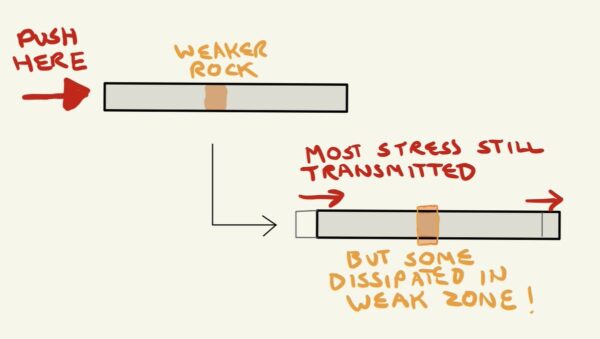
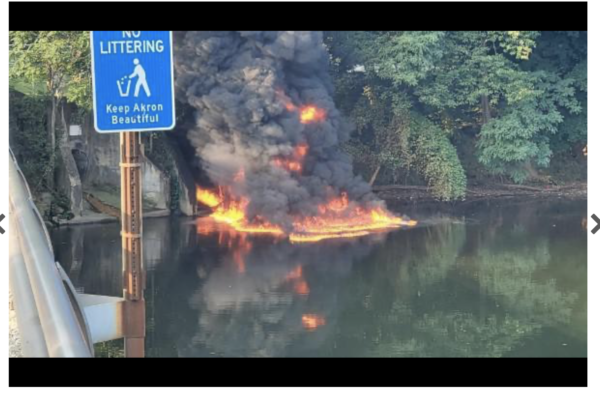
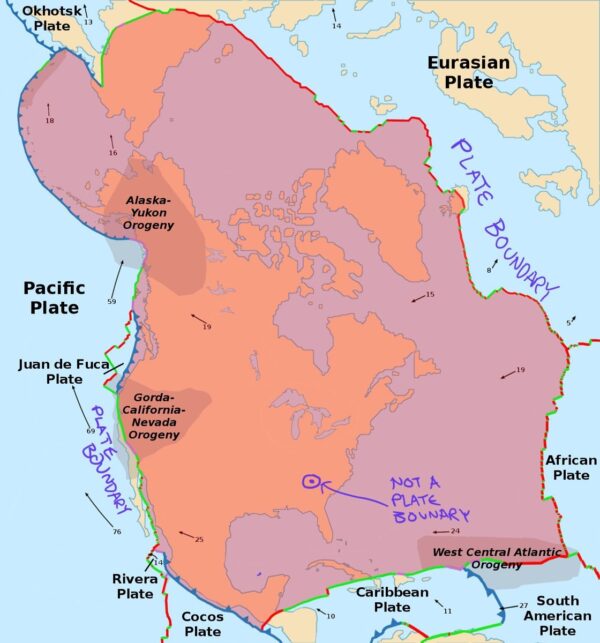

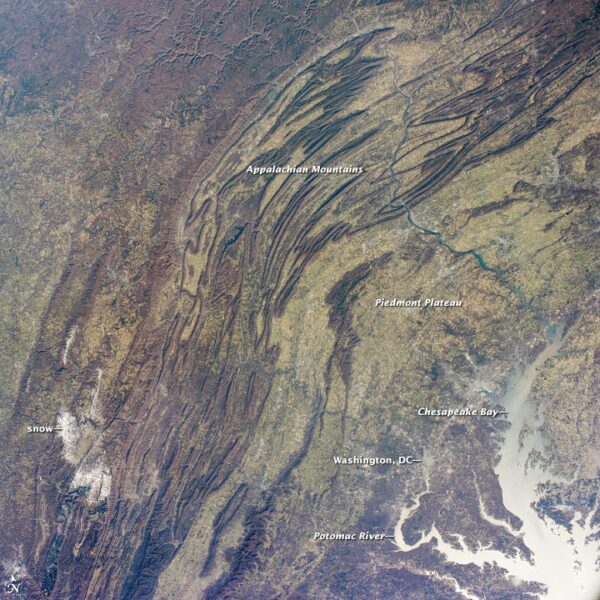

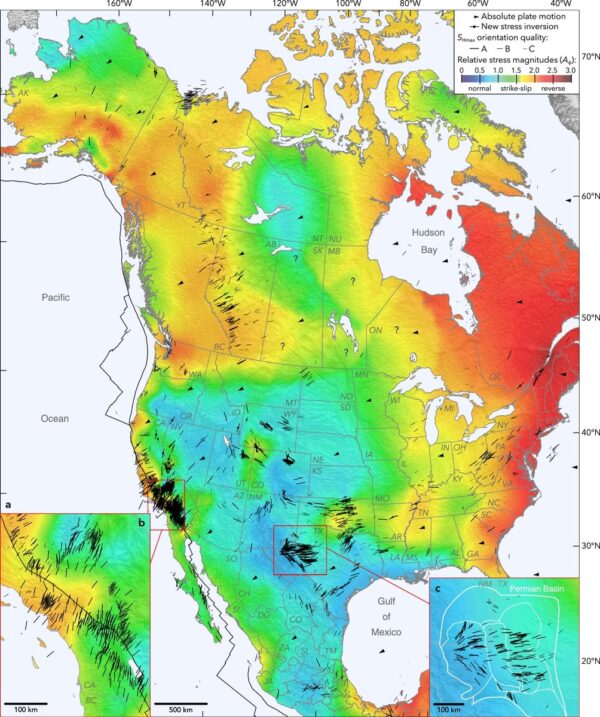


Nice plan for content warnings on Mastodon and the Fediverse. Now you need a Mastodon/Fediverse button on this blog.